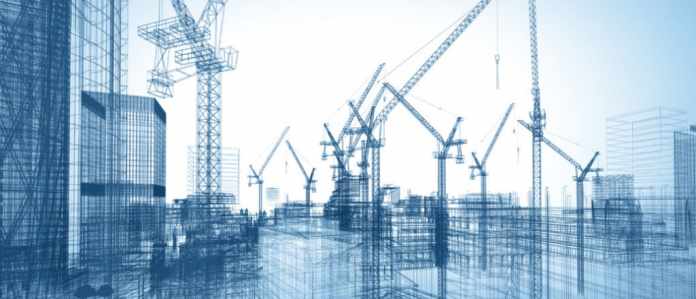If you were working 30 stories above street level, what would you want under your feet? That’s the question construction workers in Asia have been asking.
Towering steel skyscrapers surrounded by bamboo scaffolding used to be an icon of Asian cities like Hong Kong. They may soon be a thing of the past though as steel scaffolding is overtaking bamboo poles and wooden planks in even the most traditional of places.
What’s led to this change of heart and how has steel come to dominate as the material of choice for scaffolders? Lets take a look.
The key issue to safety check lakeside-hire.co.uk here when working on scaffolding down to whether or not the scaffold is safe to work on.
Table of Contents
Building History
Wooden scaffolding was enough for centuries of construction, used in everything from the pyramids of Egypt to the Great Wall of China. That was until modern buildings techniques became ever more demanding. With improvements in steel production in 1920, construction companies began to see the benefits of metal scaffolding.
Out of the Woods
Although wood is a versatile material it has some inherent disadvantages. Its growth is dependent on so many variables that the strength and flexibility of similar looking products can be very different. Unlike steel, wood is also affected by water and insect pests and so you need to check and replace it more often.
Bamboo Scaffolding vs Metal
The bamboo used in Hong Kong takes around 3 years to mature and even then it cannot be grown to precise sizes. The connection points also have to be tied with straps that can often come loose. These safety concerns have led to the government banning bamboo for taller buildings in mainland China. It’s also why steel scaffolding is becoming a more common sight in Hong Kong.
Steel Scaffolding
Steel is the first choice of scaffolders because it’s strong and can be engineered for height. It has standardized measurements, locks to ensure good connection and hooks where galvanized wire can be attached to hold the scaffolding to the building. This gives it even more stability, so you don’t have to worry about putting workers or passers-by at risk.
Alternatives to Steel Scaffolding
For small projects you might use lighter, aluminum scaffolding. If you are working with tall buildings, you will need the structural strength that only steel provides. There is composite scaffolding which uses fibreglass, but it’s much more expensive and you only need it where there is a risk of electrocution from overhead cables.
It’s Environmentally Friendly
Steel scaffolding leaves less job site waste than wood and any scrap can be recycled without the material losing its properties. This means you can melt it down to make car parts, cans or bridges and the same steel will be in use hundreds of years from now.
Raising the Bar
Steel scaffolding has proven to be a wise investment for builders. It’s safer, easier and more durable than the wooden alternatives. So whatever building scaffolding solutions you might be looking for, whether it’s office blocks or a 500 year old church, rest easy. Because construction workers know that when you’re working on a steel scaffolding, you wont need to knock on wood.



















